The United States is considered the “fast food capital of the world”. We lead the entire globe in terms of fast food consumption, with the average individual indulging one to three times per week and 37% of adults indulging daily, according to data from the World Population Review.
Fast food is synonymous with our culture, and there is a laundry list of reasons why it lures us in. With McDonald’s and Wendy’s locations on every corner, convenience plays a major factor. Drive-thrus additionally play into the convenience and offer speed of service to keep up with our fast-paced lifestyles. Not to mention, these quick hamburgers and chicken sandwiches are often easier on the wallet than grub found elsewhere.
But there’s another entirely separate reason why we keep pulling back into the drive-thru, and it has everything to do with the way these foods affect our bodies. Fast foods are often served up with a side of additives, excessive fat, refined carbs, sugars, and sodium–all ingredients that trigger responses in our brain, leading to cravings and even compulsive eating. In simple words, they can be highly addictive, and some fast food categories hook you more than others. Read on to discover the most addicting items you can find at fast food joints, all according to science.
French Fries

If you’re one of those people who constantly craves a fast-food French fry or simply can’t stop diving into your to-go bag until every last greasy straggler is gone, you’re not alone. And there’s a real scientific reason why you can’t seem to get enough.
Born from potatoes and fried in oil before being tossed in salt, most fast-food French fries contain hefty amounts of fat, sodium, and sugars like dextrose. Altogether and in such unnatural amounts, these ingredients activate the brain’s pleasure center and release dopamine. Research even shows that foods high in these substances trigger the same effects in our bodies that nicotine or other drugs do.
McDonald’s fries are often thought of as some of the most addictive–the chain has had 65 years to perfect its irresistible recipe. But other options, such as the fries from Five Guys, may have the Golden Arches beat thanks to higher levels of fat and sodium. A regular order of Five Guys fries contains 953 calories, 41 grams of fat, 131 carbs, and 962 milligrams of sodium. Compare that to 320 calories, 15 grams of fat, 43 carbs, and 260 milligrams of sodium in a medium order of McDonald’s world-famous fries.
Fried Chicken
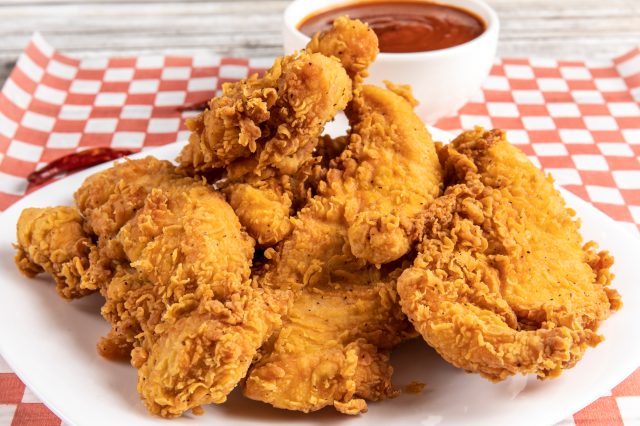

Finger-lickin’ good and also dangerously addicting. Fried chicken is a fast food item to beware of for many of the same reasons as French fries. Often fried in seed oils and coated in a long list of “secret seasonings”, the juicy-on-the-inside, crispy-on-the-outside pieces are teeming with fat, sodium, and even hidden sugars. What’s more is that many major chicken chains, including KFC, Chick-fil-A, and Popeyes, use monosodium glutamate (or MSG) in their recipes.
MSG is used as a flavor enhancer to produce an even bolder umami taste. The substance is not necessarily considered addictive by itself. But, it makes the foods that it’s added to that much more appealing, which could promote increased and more frequent intake.
Soda


There’s nothing quite as refreshing as a crisp, bubbly soda from the drive-thru. But there’s also no other beverage that’s quite as addictive. Soft drinks keep you coming back for more primarily because of their elevated sugar content (larger sizes carry upwards of 100 grams of sugar). That saccharine sweetness combined with a satisfying fizz creates a positive rush to the brain, causing us to want more and more. The aspartame (an artificial sugar substitute) in diet sodas has also been found to have similar effects.
But, we also have to take into account the caffeine. As a stimulant, caffeine gives us a boost of energy and sends happy signals to the brain–at least temporarily. We crave this rewarding feeling, especially as we cope with the inevitable crash that follows.
Chocolate Shakes
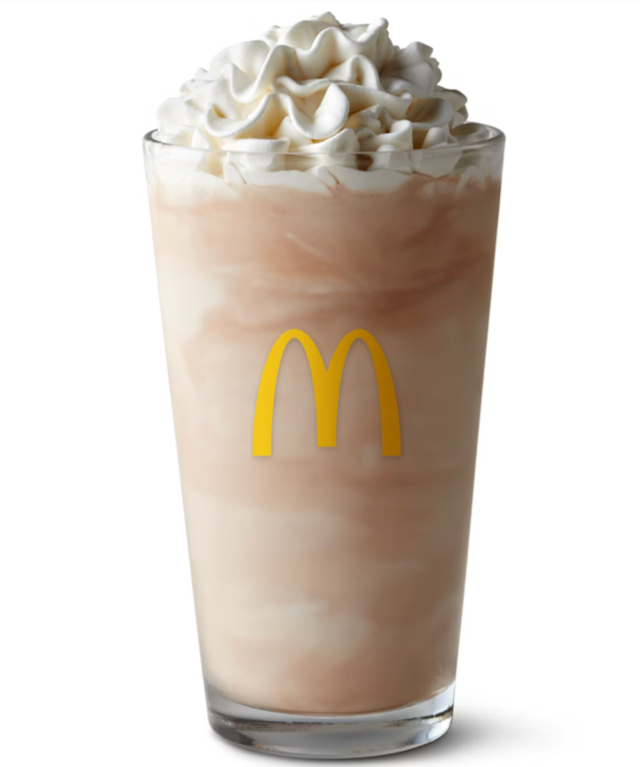

Chocolate milkshakes are the confluence of two highly craveable food groups: chocolate and ice cream. The lofty fat and sugar content of both swirl together to create the frozen dessert, and their effect on the brain sparks our desire to have another…and another. The chocolate shake at McDonald’s, for example, contains 67 grams of sugar, 14 grams of fat, and 85 carbs just for a small size. Over at Shake Shack, those numbers are inflated to 69 grams of sugar and 45 grams of fat, but with slightly fewer carbs at 76.
Like soda, chocolate also contains caffeine as well as something called theobromine, a substance similar to caffeine but with a more subtle and gradual stimulating effect. Not to mention, processed foods like chocolate have a high glycemic load which means it causes a spike in blood sugar levels. Foods with these properties, that also contain fat, have been linked to eating behaviors that mimic addiction.
Pizza
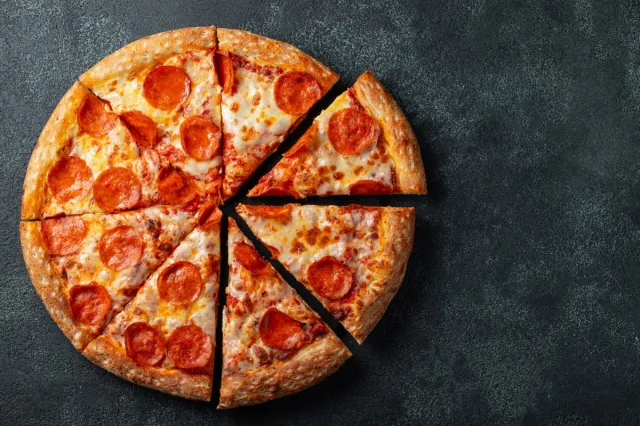

According to a study conducted by the University of Michigan, pizza ranks as the number one most addictive junk food. Salty, sweet, savory, and fatty elements all harmonize on top of a delicious pie, igniting all our taste buds and the reward areas of our brains. The refined carbs often found in pizza crust also trigger cravings, just as many other processed ingredients do, and the cheese creates its own separate problem.
Cheese is addictive all on its own, thanks to the presence of casein. Casein is a milk protein that breaks down into casomorphins. These compounds can attach to dopamine receptors in your brain, resulting in feelings of pleasure and satisfaction. Keep that in mind next time you order from Pizza Hut or Domino’s.
Cheeseburgers
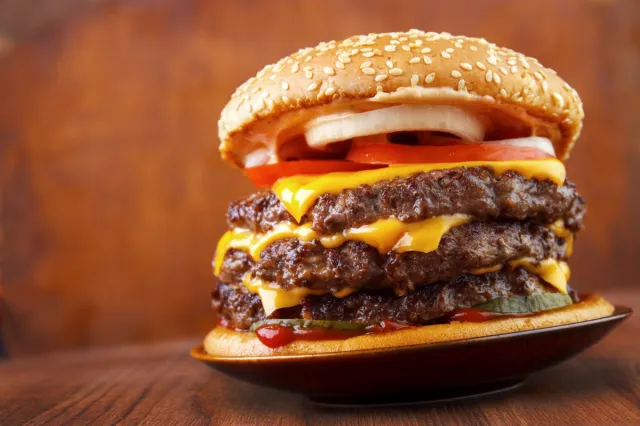

The effects of melty, gooey cheese also rear their ugly head when it comes to cheeseburgers, and that’s just the start of it. Cheeseburgers are considered one of the unhealthiest fast foods, especially when multiple beef patties and a mountain of toppings are piled on. The grease from the grill and these diverse flavors are what make the iconic American grub delicious but also hard to resist and potentially harmful.
Triple burgers from chains like Burger King or Fatburger carry upwards of 1,700 calories, over 100 grams of fat, 60-70 carbs, and 2,000 milligrams of sodium–all the things that trick your brain into a positive response and urge you to repeat the habit. Hamburger buns also often contain added sugars and other artificial ingredients are typically thrown into the mix as well, further exacerbating the problem.
Cookies
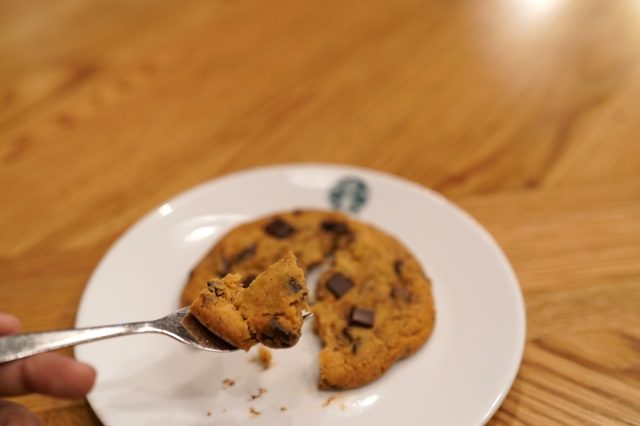

Tacking a cookie onto the end of your order at Subway or Starbucks always seems like a good idea. That’s because the high amounts of sugar and fat packed into the baked good release dopamine in your brain and leave you in a constant search for another dose of stimulation. This effect is why many of us consider cookies and other sweet treats comfort foods and something that provides us with a temporary feeling of happiness.
Different kinds of cookies may also be more addictive than others. When it comes to chocolate chip cookies or others that contain chocolate, for example, both caffeine and theobromine become a factor again, just as they did in chocolate shakes. Cookies with a little bit more salt added in or sprinkled on top may also be more craveable, thanks to the added sodium and enhanced flavors it elicits.
Make better eating choices every day by signing up for our newsletter, and be sure to follow us on MSN!












Leave a Reply